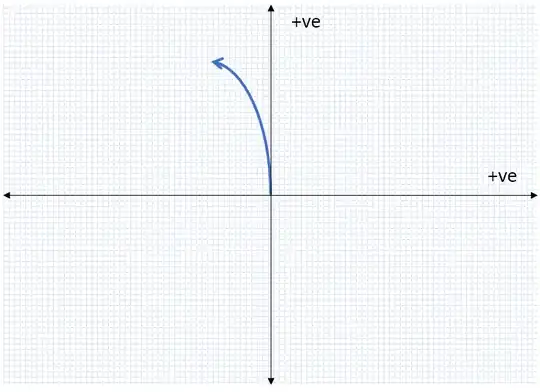The instantaneous acceleration $\textbf{a}(t)$ of a particle is defined as the rate of change of its instantaneous velocity $\textbf{v}(t)$: $$\textbf{a}(t)=\frac{\mathrm{d}}{\mathrm{d}t}\textbf{v}(t).\tag{1}$$ If the speed is constant, then $$\textbf{a}(t)=v\frac{\mathrm{d}}{\mathrm{d}t}\hat{\textbf{n}}(t)\tag{2}$$ where $\hat{\textbf{n}}(t)$ is the instantaneous direction of velocity which changes with time.
Questions:
According to the definition (1) what is a deceleration?
In case (2), when will $\textbf{a}(t)$ represent a deceleration? For example, in uniform circular motion, why is it called the centripetal acceleration and not centripetal deceleration?
